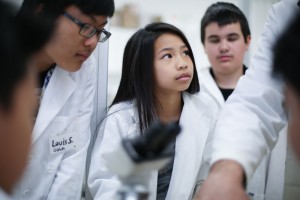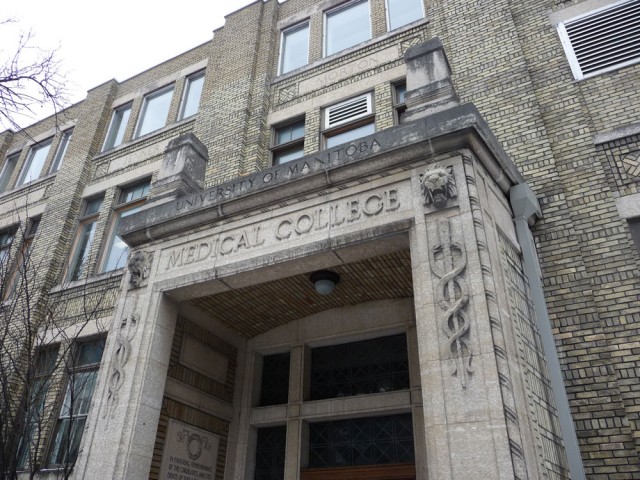We are the people: Changes to Med School criteria
To have a truly positive impact on the community, medical schools must be representative of the people they serve.
We have a number of programs/services in place to increase the number of Aboriginal students, Francophone students, rural students and now a new low socio-economic category.
I’m very pleased that the University of Manitoba Senate recently approved a revision to the College of Medicine’s admissions policy that is aimed at enhancing the diversity of applicants to our medical school.
Research by the AAMC (and also U of M diversity survey) has shown “that the under-representation of individuals who come from socio-economically disadvantaged backgrounds (could) be addressed by advantaging eligible applicants in the admissions process”.
In his report to the senate, Dr. Bruce Martin, Director of Admissions for the College of Medicine, noted that there has been growing concerns about the underrepresentation of some minority groups and the continued barriers that keep these groups from accessing a quality medical education.
A 2012 report from the Association of Faculties of Medicine of Canada cited mounting evidence that little progress has been made in attracting applicants from First Nations, Inuit, and Metis communities and rural areas and that Faculties of Medicine need to include and support students with disabilities, students with nontraditional gender and sexual identities, and students from low-income backgrounds.
The new changes to our College of Medicine admissions policy will help to attract medical students that reflect Manitoba’s diversity in ethnicity, socio-economic and socio-cultural conditions and sexual orientation.
The changes will reduce out-of-province spaces to five per cent from the current 10 per cent in each new medical school class of 110 students, and enhance diversity by making those spaces available for qualified candidates from traditionally underrepresented backgrounds.

Our future physicians: new changes to our College of Medicine admissions policy will help to attract medical students that reflect Manitoba’s diversity in ethnicity, socio-economic and socio-cultural conditions and sexual orientation.
With this new policy in place, the University of Manitoba will become only the second medical school in North America to consider low socioeconomic status among its admissions criteria. To make our medical school representative of our community, we have to create the mindset that you can come to medical school from low socioeconomic settings.
Since 2009, our admissions process casts a wide net to place value on applicants with rural attributes. This initiative is supported by findings that medical students who come from a rural background are more likely to relocate and practice in rural areas after graduation. Our efforts to attract students with diverse backgrounds are now bearing fruit and will positively impact physician shortages faced by rural community. The College of Medicine continues to maintain its desired rural profile for incoming class with an average of approximately 35 – 40 per cent of students admitted having rural attributes (rural roots, work experience in a rural environment, or rural volunteer or leadership experience).
While these changes only apply to the College of Medicine, in the future the access changes could also apply to future applicants to the health professions in the Faculty of Health Sciences.
The College of Medicine’s recommendations for revised admissions criteria are interrelated and contribute to the College fulfilling its social contract. Both components are consistent with the College’s commitment to the selection of candidates who have the academic capacity and personal attributes to proceed through the curriculum to successful registration for the practice of medicine.
By making the College of Medicine more diverse and inclusive to all members of our community, I see a great future for our students and for health care in our province.
What else can we do to attract more under-represented students to the College of Medicine?








6 Comments